1
Network Topology Inference Based on Timing
Meta-Data
Wenbo Du, Member, IEEE, Tao Tan, Haijun Zhang, Senior Member, IEEE,
Xianbin Cao, Senior Member, IEEE, Gang Yan, Member, IEEE,
and Osvaldo Simeone, Fellow, IEEE
Abstract
Consider a processor having access only to meta-data consisting of the timings of data packets and
acknowledgment (ACK) packets from all nodes in a network. The meta-data report the source node of
each packet, but not the destination nodes or the contents of the packets. The goal of the processor is to
infer the network topology based solely on such information. Prior work leveraged causality metrics to
identify which links are active. If the data timings and ACK timings of two nodes – say node 1 and node
2, respectively – are causally related, this may be taken as evidence that node 1 is communicating to node
2 (which sends back ACK packets to node 1). This paper starts with the observation that packet losses
can weaken the causality relationship between data and ACK timing streams. To obviate this problem, a
new Expectation Maximization (EM)-based algorithm is introduced – EM-causality discovery algorithm
(EM-CDA) – which treats packet losses as latent variables. EM-CDA iterates between the estimation
This work was supported in part by the National Key Research and Development Program of China under Grant
2019YFF0301400, in part by the National Natural Science Foundation of China under Grant 61961146005, in part by the
Shuohuang Railway Project under Grant GJNY-19-90. The work of O. Simeone was supported by the European Research
Council (ERC) under the European Union’s Horizon 2020 Research and Innovation Programme (Grant Agreement No. 725731)
and by an EPSRC Open Fellowship.
W. Du, T. Tan and X. Cao are with the School of Electronic and Information Engineering, Beihang University, Beijing
100191, China, with the Key Laboratory of Advanced Technology of Near Space Information System (Beihang University).
(e-mail: wenbodu@buaa.edu.cn; tantao@buaa.edu.cn; xbcao@buaa.edu.cn).
H. Zhang is with Beijing Engineering and Technology Research Center for Convergence Networks and Ubiquitous Services,
University of Science and Technology Beijing, Beijing, China, 100083 (e-mail: haijunzhang@ieee.org).
G. Yan is with School of Physics Science and Engineering, Tongji University, Shanghai 200092, China (e-mail: ee-
gyan@gmail.com).
O. Simeone is with the King’s Communications, Learning, and Information Processing (KCLIP) Laboratory, Department of
Engineering, King’s College London, London WC2R 2LS, U.K. (e-mail: osvaldo.simeone@kcl.ac.uk).
arXiv:2210.05439v1 [eess.SP] 11 Oct 2022

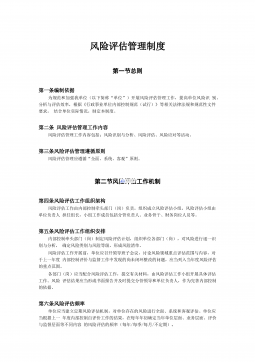






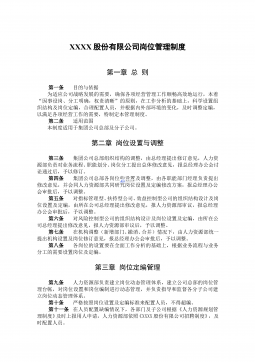
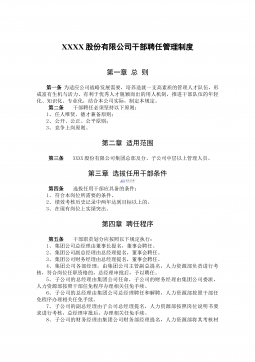
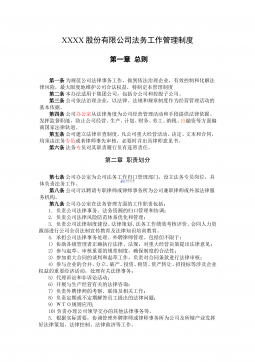
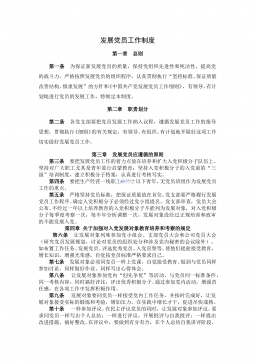
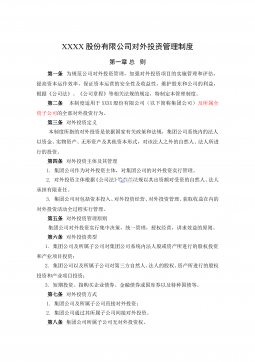
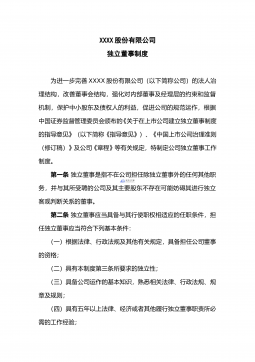
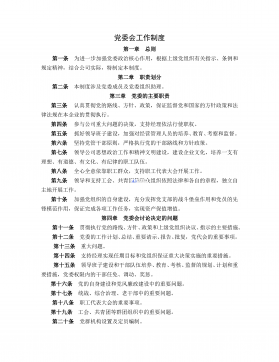


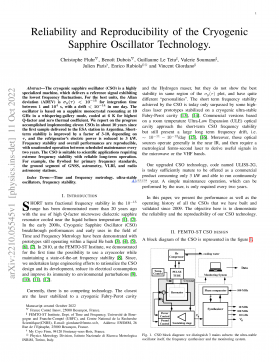

 渝公网安备50010702506394
渝公网安备50010702506394
